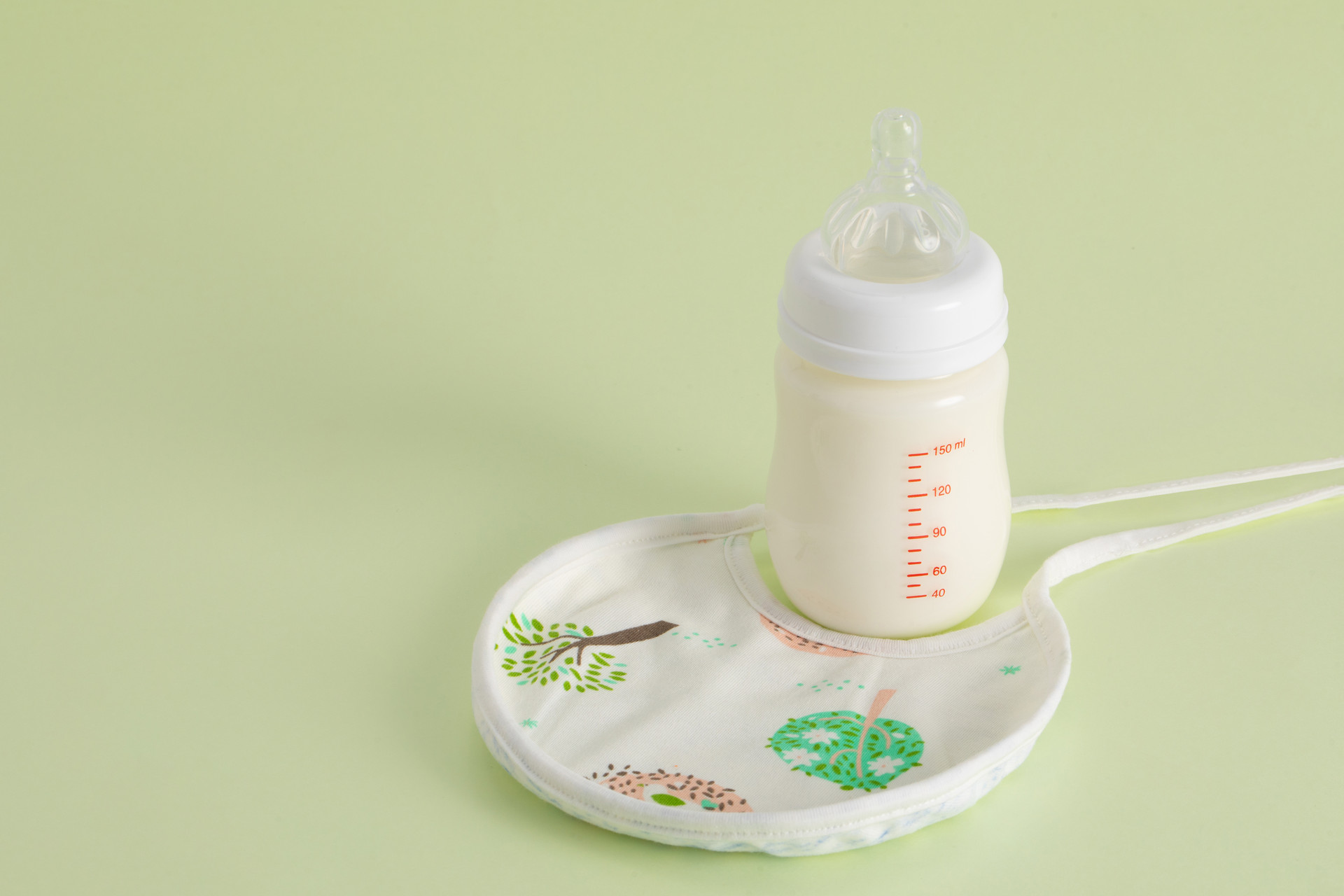Many mothers are unsure of how to feed their babies with medication. Some may add it to formula milk, while others may want to supplement their baby's nutrition by adding nutrients to the formula milk. Is this practice correct?
Adding Rice Powder to Formula Milk
1. Rice powder has relatively lower nutritional content compared to infant formula milk. Mixing rice powder with formula milk is like treating rice powder as the main food, overshadowing the formula milk.
2. Infant formula milk is specially formulated with a specific ratio of water and formula powder. Adding other food during the mixing process may alter certain nutritional proportions, affecting the absorption of nutrients by the baby.
3. The consistency of formula milk and rice powder after being mixed is different. Formula milk is relatively thinner, while rice powder is thicker. Mixing them together may result in a thicker liquid, affecting the baby's milk intake.
Adding Fruit Juice or Vegetable Juice to Formula Milk
Fruit juice and vegetable juice are rich in vitamins and dietary fiber, so many parents like to add them to formula milk, thinking that the baby will absorb nutrients better. However, this is not the case.
1. 80% of the protein in milk is casein. When the acidity of milk is below 4.6, a large amount of casein will coagulate and precipitate, making it difficult to digest and absorb.
2. The phytic acid and tannic acid in fruit juice and vegetable juice can combine with minerals in formula milk, affecting the baby's absorption.
Adding Nutrients to Formula Milk
After the baby is born, they need to supplement nutrients such as vitamin D, calcium, iron, zinc, and probiotics. Some of these nutrients have flavors that the baby may reject. Some mothers may think of adding these elements to formula milk for the baby to consume, but this is actually wrong.
1. Formula milk already contains these nutrients that the baby needs, and they are in a reasonable proportion. Adding these elements to formula milk may cause nutritional imbalance and excessive supplementation, which may be difficult to absorb.
2. The contact area of the bottle is relatively large, and after mixing, some nutrients may adhere to the bottle wall, leading to wastage and affecting the supply effect. This is especially true when treating nutrient deficiency, as mixing with formula milk may affect the therapeutic effect.
Adding Medication to Formula Milk
Many medications have a not-so-good taste, making it difficult for babies to accept them. Parents may mix the medication with formula milk to reduce the taste and make the baby unknowingly drink the medication, but this practice also has certain effects on the baby.
1. Medications have their own taste, and adding them to formula milk can change the taste of the milk. Children have sensitive taste buds, and this may lead to the baby refusing to drink formula milk, resulting in milk aversion and fear of the bottle.
2. The active ingredients of medications may interact with the protein or calcium ions in formula milk, altering the efficacy of the medication.
How to Choose Infant Formula Milk
1. Look for proper packaging.
Generally, canned or bagged formula milk on the market will have necessary information on the packaging, such as ingredient list, nutritional content, applicable age range, and instructions for preparation and use. Before purchasing, important information to check includes the production date, expiration date, trademark, net weight, ingredient list, nutritional content, and usage instructions. If any of these items are missing, it is best not to purchase. When purchasing bagged formula milk, squeeze it with your hands. If there is no air or powder leakage, it indicates that the milk powder may have quality issues.
2. Pay attention to the texture of the formula milk.
According to experts from Mead Johnson, you can generally judge by shaking the can. If there are lumps and impact sounds, it means that the milk powder has deteriorated and should not be consumed. For bagged formula milk, you can pinch it with your hands. If it feels soft, smooth, and with a flowing sensation, it is a qualified product. If it feels uneven and contains irregularly-sized chunks, it indicates that the product has deteriorated.
3. Choose according to the age range.
Formula milk is formulated differently for different age ranges. For example, the Mead Johnson formula milk series includes Enfamil A+ (6-12 months), Enfagrow A+ (1-3 years), and Enfagrow (3-6 years). As the nutritional needs vary for each age range, you should choose the appropriate formula milk based on your baby's age. The 0-3 years age range is the golden period for rapid brain development, and the Enfamil A+ series contains high levels of DHA to support brain development.
4. Consider color and texture.
After purchasing the product, you can pour some milk powder onto a clean white paper, spread it out, and observe the particles, color, and presence of impurities. Good quality milk powder will have even particles, no clumps, and a uniform creamy yellow color with fewer impurities. If there are clumps and more impurities, it indicates lower product quality. If the milk powder appears white or flour-like, it may contain starch. Good quality milk powder is easy to dissolve, with no clumps formed after mixing, and the liquid should be milky white with a strong milk aroma. On the other hand, poor quality milk powder is difficult to dissolve in water, has a poor milk aroma or even no milk taste, and may have a special fragrance.











